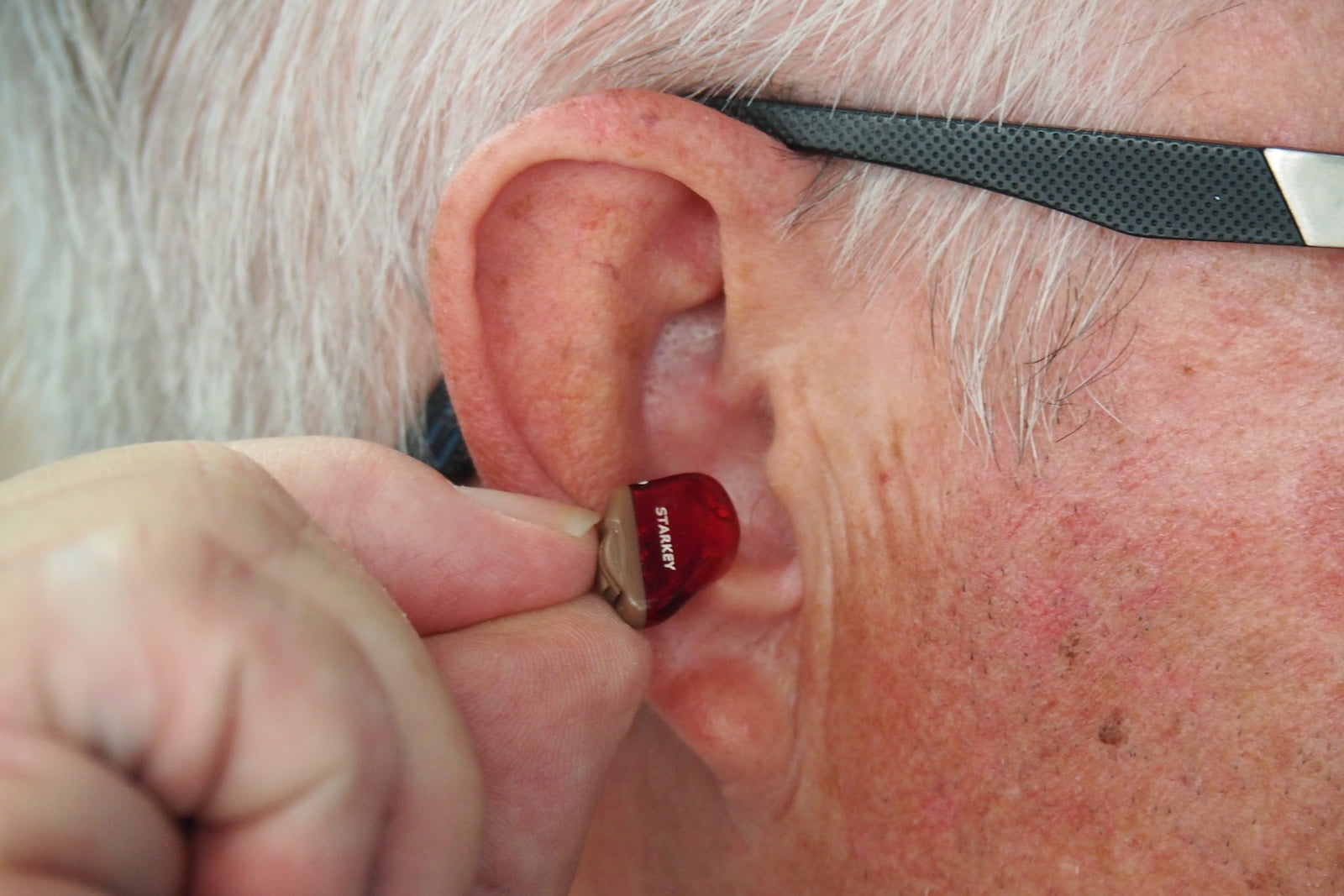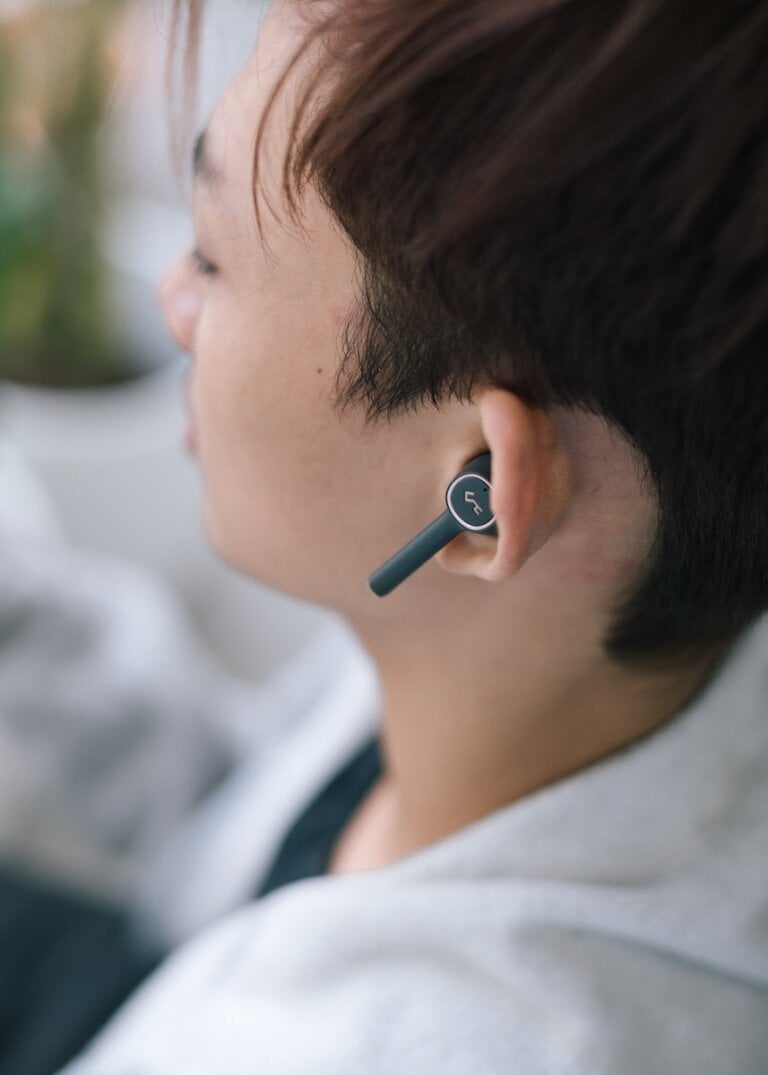Beyond the Lobe: Unraveling the Secrets of Otitis Externa
Otitis externa, commonly known as swimmer’s ear, is a painful condition that affects the ear canal. It occurs when the ear canal becomes inflamed, usually due to infection. This article will delve into the causes, symptoms, treatment, and prevention of otitis externa, providing a comprehensive understanding of this often misunderstood condition.
Understanding Otitis Externa
Otitis externa primarily affects the outer ear canal, which is the tube connecting the outer ear to the eardrum. The condition can be caused by various factors, including:
- Bacterial or fungal infection: The most common cause of otitis externa is an infection, often triggered by bacteria or fungi. These microorganisms thrive in warm and moist environments, making the ear canal an ideal breeding ground. The infection can occur when water enters the ear canal during activities like swimming or bathing, providing a conducive environment for the growth of these microorganisms. Additionally, excessive moisture from excessive sweating, humid weather, or improper drying of the ears after water exposure can also contribute to the development of otitis externa.
- Excessive moisture: Prolonged exposure to water, such as swimming or bathing, can disrupt the natural protective barrier of the ear canal, allowing bacteria or fungi to penetrate and cause infection. Water that remains trapped in the ear canal provides an ideal environment for bacteria or fungi to multiply and thrive, leading to inflammation and infection. It is important to ensure proper drying of the ears after water exposure to prevent excessive moisture accumulation.
- Skin conditions: Certain skin conditions, such as eczema or psoriasis, can make the skin in the ear canal more susceptible to infection. These conditions can cause the skin in the ear canal to become dry, cracked, or inflamed, creating openings that bacteria or fungi can easily enter. People with eczema or psoriasis should take extra precautions to keep the ear canal clean and dry to minimise the risk of otitis externa.
- Allergies: Allergic reactions to certain substances, such as hair products or jewelry, can lead to inflammation and subsequent infection. When an allergen comes into contact with the skin in the ear canal, it can trigger an allergic reaction, causing the skin to become inflamed and prone to infection. It is important to identify and avoid any allergens that may be causing the allergic reaction to prevent the development of otitis externa.
To effectively prevent otitis externa, it is crucial to understand the causes and take appropriate preventive measures. By addressing factors such as excessive moisture, skin conditions, and allergies, individuals can significantly reduce their risk of developing this painful condition.
Recognizing the Symptoms
Identifying the symptoms of otitis externa is crucial for early intervention and effective treatment. Common signs and symptoms include:
- Ear pain: Otitis externa often presents as sharp or throbbing pain in the ear. This pain can worsen when the earlobe or outer ear is touched. The pain may range from mild discomfort to severe and can make it difficult to sleep or concentrate.
- Itching: Patients with otitis externa may experience itching in the ear canal, which can be quite intense and persistent. The constant urge to scratch the ear canal can further irritate the skin and worsen the condition.
- Redness and swelling: Inflamed skin in the ear canal can appear red and swollen, potentially causing a sensation of fullness or blockage. The redness and swelling may extend to the outer ear in some cases. It is important to avoid inserting any objects into the ear canal to prevent further irritation and damage.
- Drainage: In some cases, there may be discharge or fluid drainage from the affected ear, often accompanied by a foul smell. The discharge may range from clear to yellowish or pus-like, indicating an infection. If discharge is present, it is important to seek medical attention for proper diagnosis and treatment.
- Hearing loss: Otitis externa can temporarily impair hearing, especially if the infection causes the ear canal to swell and narrow. The blockage or inflammation in the ear canal can affect sound conduction, leading to a reduction in hearing ability. Hearing loss associated with otitis externa is usually temporary and resolves with proper treatment.
If you experience any of these symptoms, it is important to consult an Audiologist for an accurate diagnosis and appropriate treatment. Early intervention can help alleviate symptoms and prevent complications.
Seeking Effective Treatment
Prompt and appropriate treatment is essential to alleviate symptoms and prevent complications. Treatment options for otitis externa may include:
- Ear drops: Antibiotic or antifungal ear drops are commonly prescribed to combat the infection. These drops are usually administered several times a day for a specified duration. The drops work by targeting the underlying bacteria or fungi causing the infection, reducing inflammation, and promoting healing. It is important to follow the prescribed dosage and duration to ensure effective treatment.
- Pain management: Over-the-counter pain relievers such as acetaminophen or ibuprofen can help alleviate the discomfort associated with otitis externa. These medications help reduce pain and discomfort, making it easier to carry out daily activities. However, it is important to consult an Audiologist before taking any medication, especially if you have any underlying medical conditions or are taking other medications.
- Cleaning the ear canal: In some cases, a healthcare professional may need to remove debris or excess earwax from the ear canal to allow the medication to reach the affected areas more effectively. This can be done using specialised instruments or gentle irrigation techniques. It is important to avoid attempting to clean the ear canal at home without proper guidance, as it can lead to further irritation or damage.
- Oral antibiotics: If the infection is severe or spreads beyond the ear canal, oral antibiotics may be necessary to combat the infection. Oral antibiotics are prescribed when the infection is not effectively controlled by ear drops alone or if there are signs of a more widespread infection. It is important to take the prescribed antibiotics as directed and complete the full course of treatment to ensure complete eradication of the infection.
It is important to note that treatment for otitis externa may vary depending on the severity and underlying cause of the condition. Therefore, it is essential to consult an Audiologist for an accurate diagnosis and personalised treatment plan.
Preventing Otitis Externa
Prevention plays a crucial role in minimizing the risk of developing otitis externa. Consider the following preventive measures:
- Keep your ears dry: After swimming or bathing, gently dry your ears with a soft towel or a hairdryer set on a low, cool setting. Tilt your head to each side to allow any excess water to escape. Ensuring that the ears are thoroughly dried helps prevent excessive moisture accumulation, reducing the risk of infection.
- Avoid inserting objects: Refrain from inserting cotton swabs, bobby pins, or any other objects into your ears. These can damage the delicate ear canal and increase the risk of infection. The ear canal is self-cleaning, and inserting objects can disrupt the natural cleaning process and push debris further into the ear canal, leading to blockage or irritation.
- Use earplugs or a bathing cap: If you frequently swim, consider using earplugs to prevent water from entering the ear canal. Earplugs create a barrier between the ear canal and water, reducing the risk of infection. Wearing a bathing cap can also help keep water out of the ears, minimising the risk of otitis externa.
- Be cautious with earbuds or headphones: Sharing earbuds or headphones can introduce bacteria or fungi into the ear canal. Clean your earbuds regularly and avoid sharing them to reduce the risk of infection. Additionally, it is important to keep the volume of your earbuds or headphones at a reasonable level to prevent damage to the ear canal and reduce the risk of developing otitis externa.
- Manage skin conditions: If you have eczema or psoriasis, work with a healthcare professional to effectively manage your skin condition and reduce the risk of otitis externa. Proper skincare techniques, including regular moisturizing and avoiding triggers that worsen your skin condition, can help maintain the health of the skin in the ear canal and minimize the risk of infection.
By following these preventive measures, individuals can significantly reduce their risk of developing otitis externa. It is important to incorporate these habits into your daily routine to maintain ear health and prevent the occurrence of this bothersome condition.
Final Thoughts
Otitis externa, or swimmer’s ear, is a common and often painful condition that affects the ear canal. By understanding its causes, recognizing the symptoms, and adopting preventive measures, you can minimise the risk of developing this bothersome condition. If you suspect you have otitis externa, seeking timely medical intervention is crucial to alleviate symptoms, prevent complications, and ensure a speedy recovery. Remember to consult an Audiologist for an accurate diagnosis and personalised treatment plan to effectively manage otitis externa and promote ear health.







